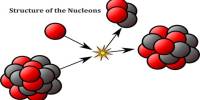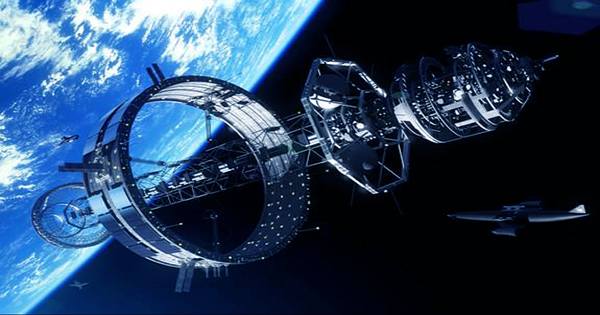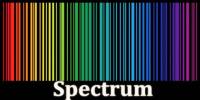Laser cooling is a technique that uses laser light to lower the temperature of a group of atoms or ions. In condensed matter physics, laser cooling refers to a variety of techniques for cooling atoms, molecules, and small mechanical systems to temperatures close to absolute zero. It is a fundamental method in atomic physics that has paved the way for many significant advances, such as the development of atomic clocks, Bose-Einstein condensates, and precision spectroscopy.
Laser cooling techniques rely on the fact that the momentum of an object (usually an atom) changes when it absorbs and re-emits a photon (a particle of light). The basic idea behind laser cooling is that when atoms or ions absorb and re-emit photons from a laser beam, they experience a change in momentum as a result of the momentum exchange between the atom and the photon. The thermodynamic temperature of a group of particles is proportional to the variance in their velocity. That is, higher temperatures are associated with more homogeneous particle velocities. It is possible to cool atoms or ions by selectively removing their kinetic energy by carefully tuning the frequency and intensity of the laser light.
Laser cooling techniques use atomic spectroscopy in conjunction with the previously mentioned mechanical effect of light to compress the velocity distribution of a group of particles, thereby cooling them. The 1997 Nobel Prize in Physics was awarded to Claude Cohen-Tannoudji, Steven Chu, and William Daniel Phillips “for development of methods to cool and trap atoms with laser light”.
Doppler cooling, named after the Doppler effect, is the most commonly used laser cooling technique. The Doppler effect is the change in frequency or wavelength of a wave observed by an observer moving in relation to the wave’s source. The frequency of the laser light is slightly detuned from an atomic transition frequency in the case of laser cooling, resulting in a frequency difference between the atom and the laser light. When an atom moves closer to the laser beam, the light appears slightly blue-shifted due to the Doppler effect; when it moves away, the light appears slightly red-shifted.
As a result, the atoms experience a net deceleration in the direction opposite to their motion, which leads to cooling. This deceleration effect is enhanced by using multiple laser beams that counter-propagate along different directions to cool the atoms in all three dimensions. The atoms eventually reach a temperature in the millikelvin range, which is several orders of magnitude colder than room temperature.
Another important laser cooling technique is optical molasses, which traps and cools atoms in a magneto-optical trap (MOT) using multiple counter-propagating laser beams with overlapping intensity profiles. In this setup, the atoms are laser-cooled in one dimension using Doppler cooling before being trapped in a three-dimensional trap with additional laser beams.
By allowing scientists to study the behavior of individual atoms and ions at extremely low temperatures, laser cooling has revolutionized the field of atomic physics. It has allowed for precise measurements, the production of ultracold atomic gases, and the study of quantum phenomena. Laser cooling techniques have also found use in quantum information processing, quantum simulation, and precision metrology.
















